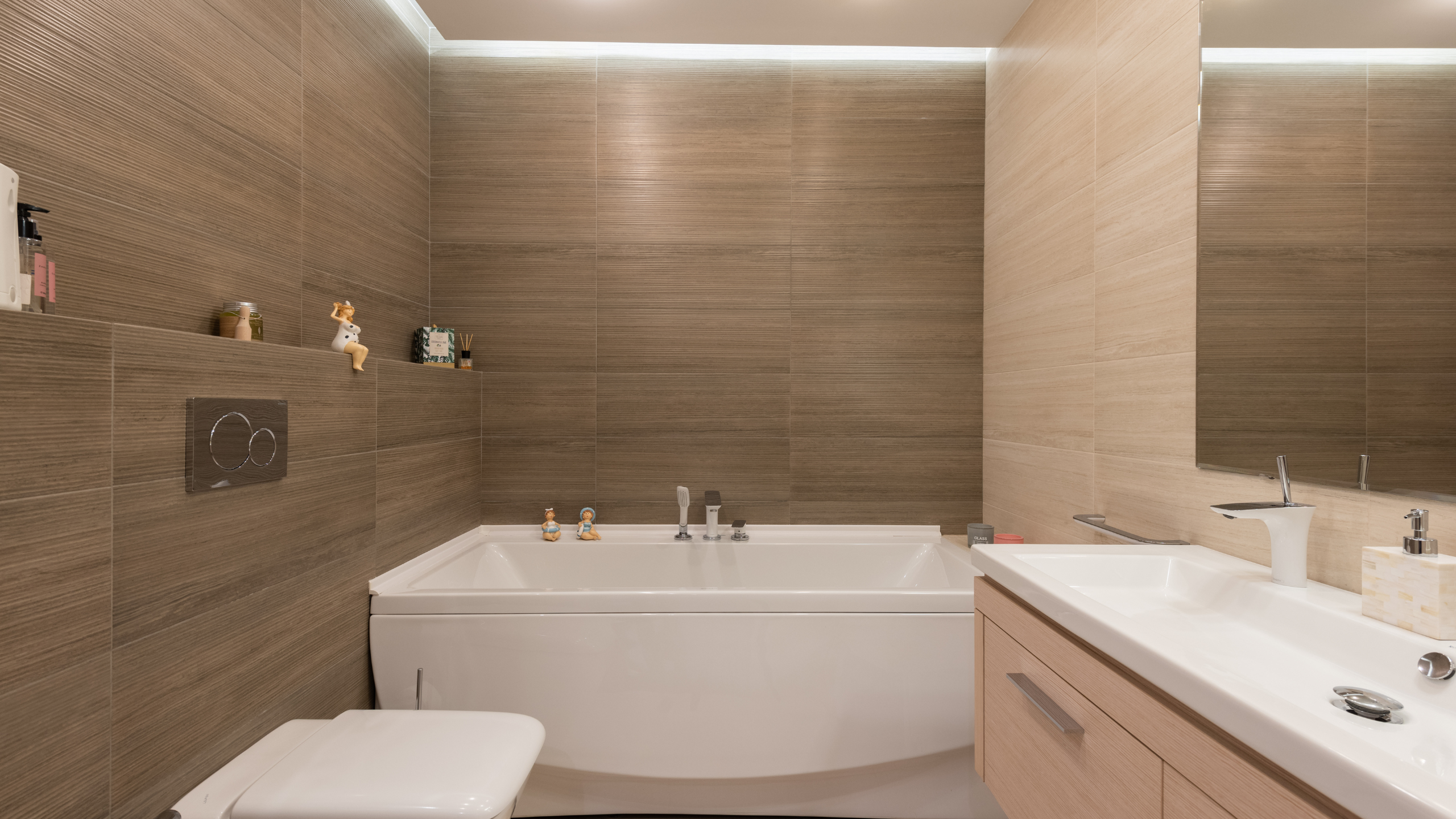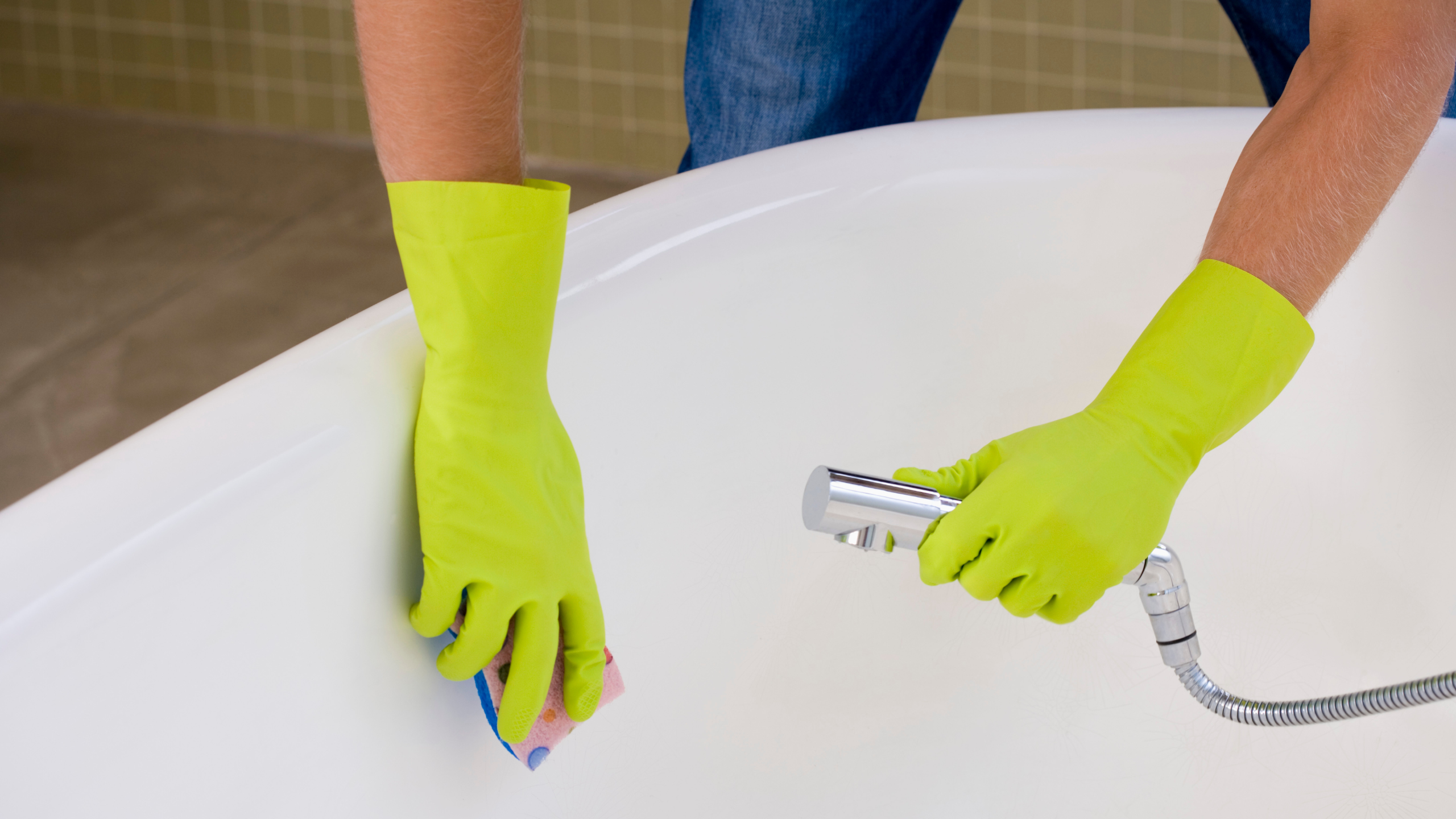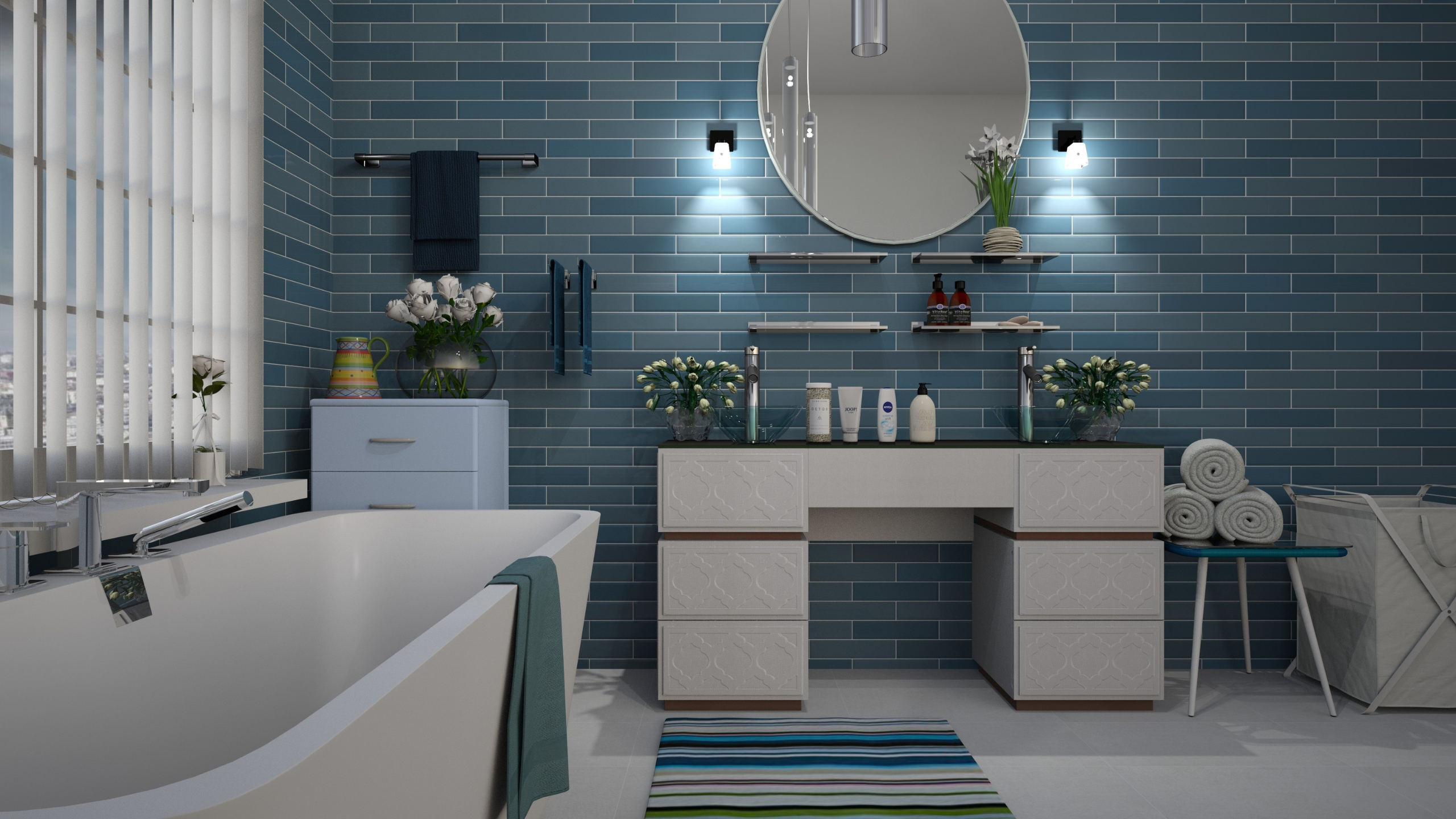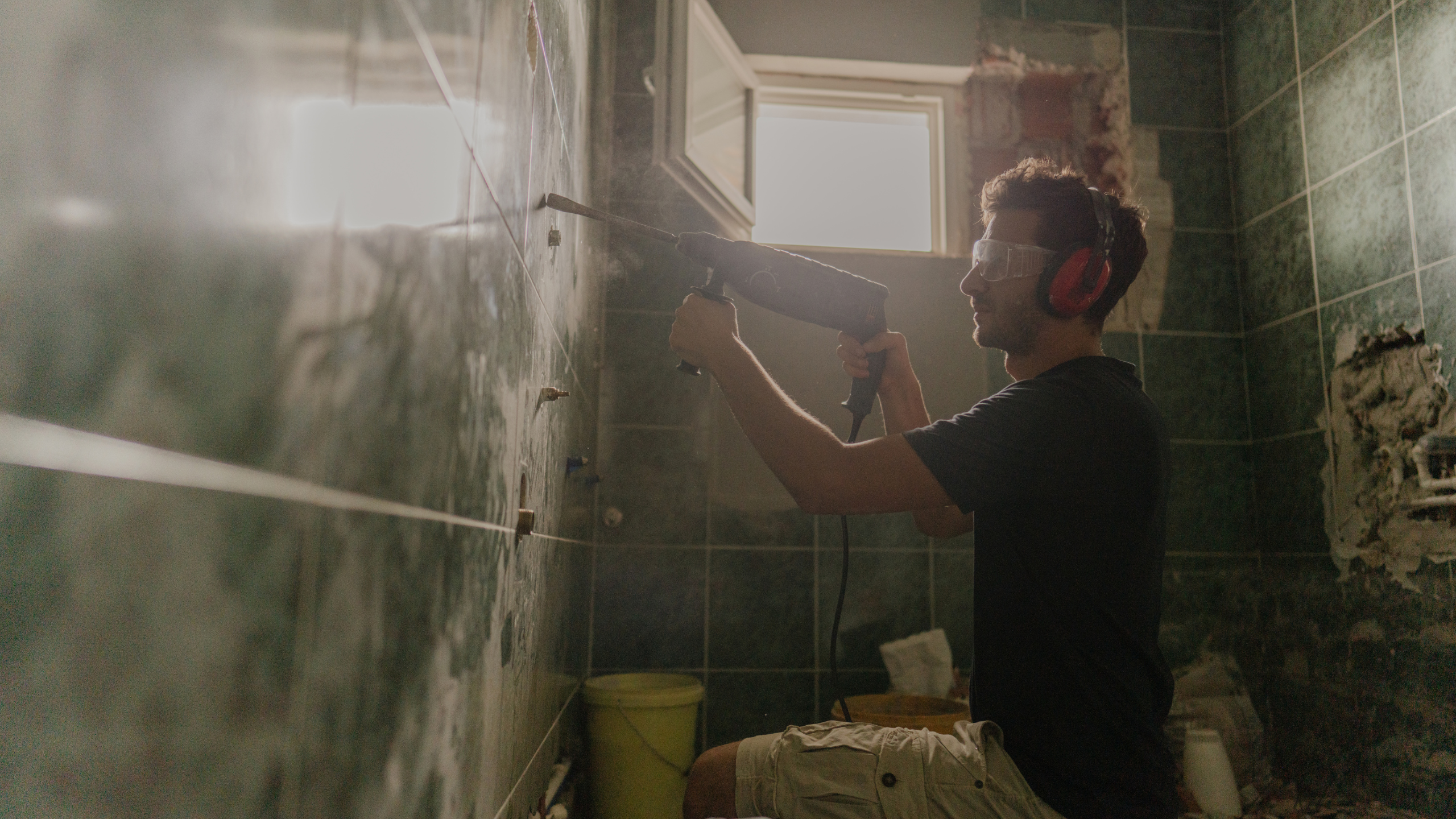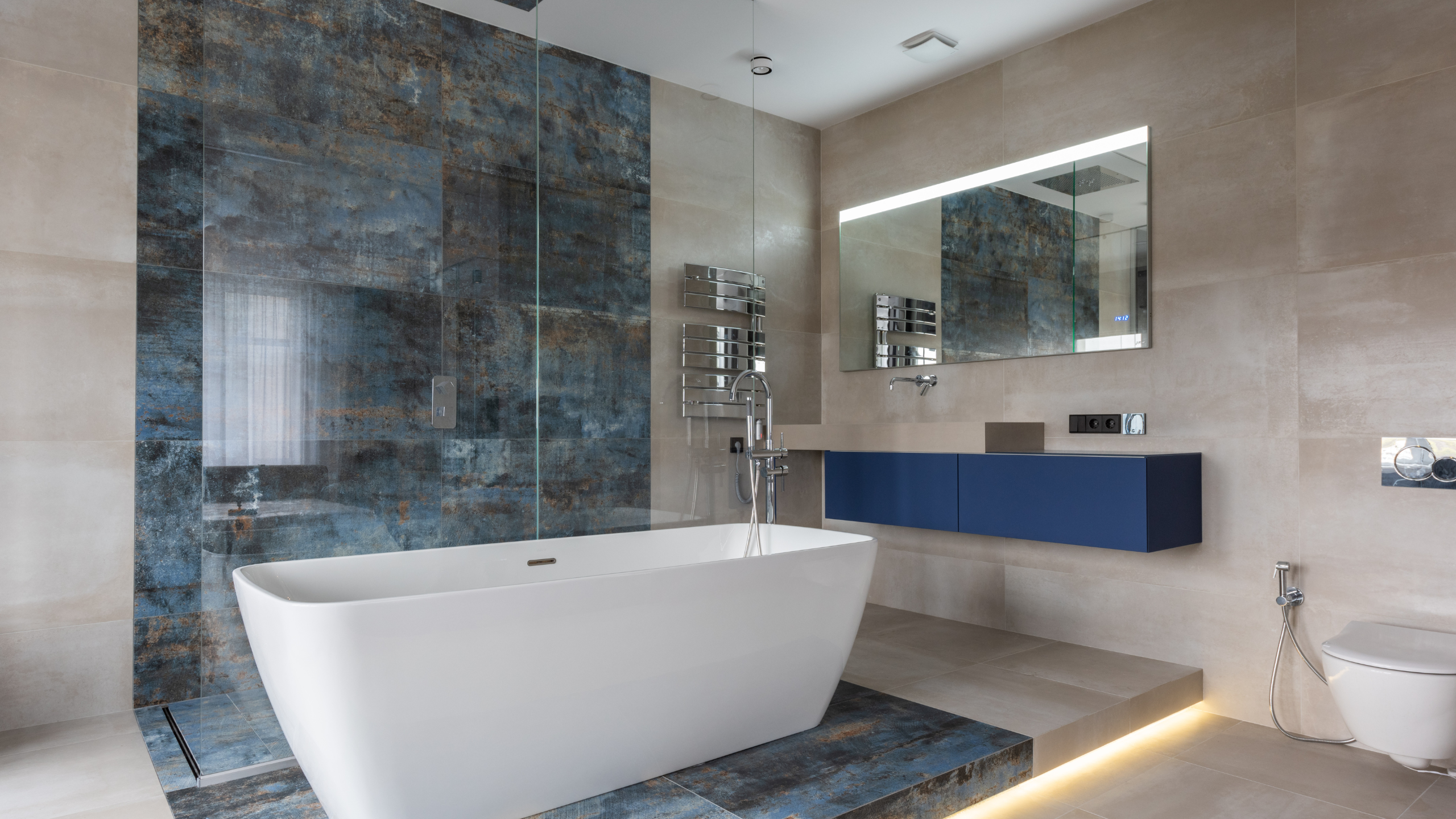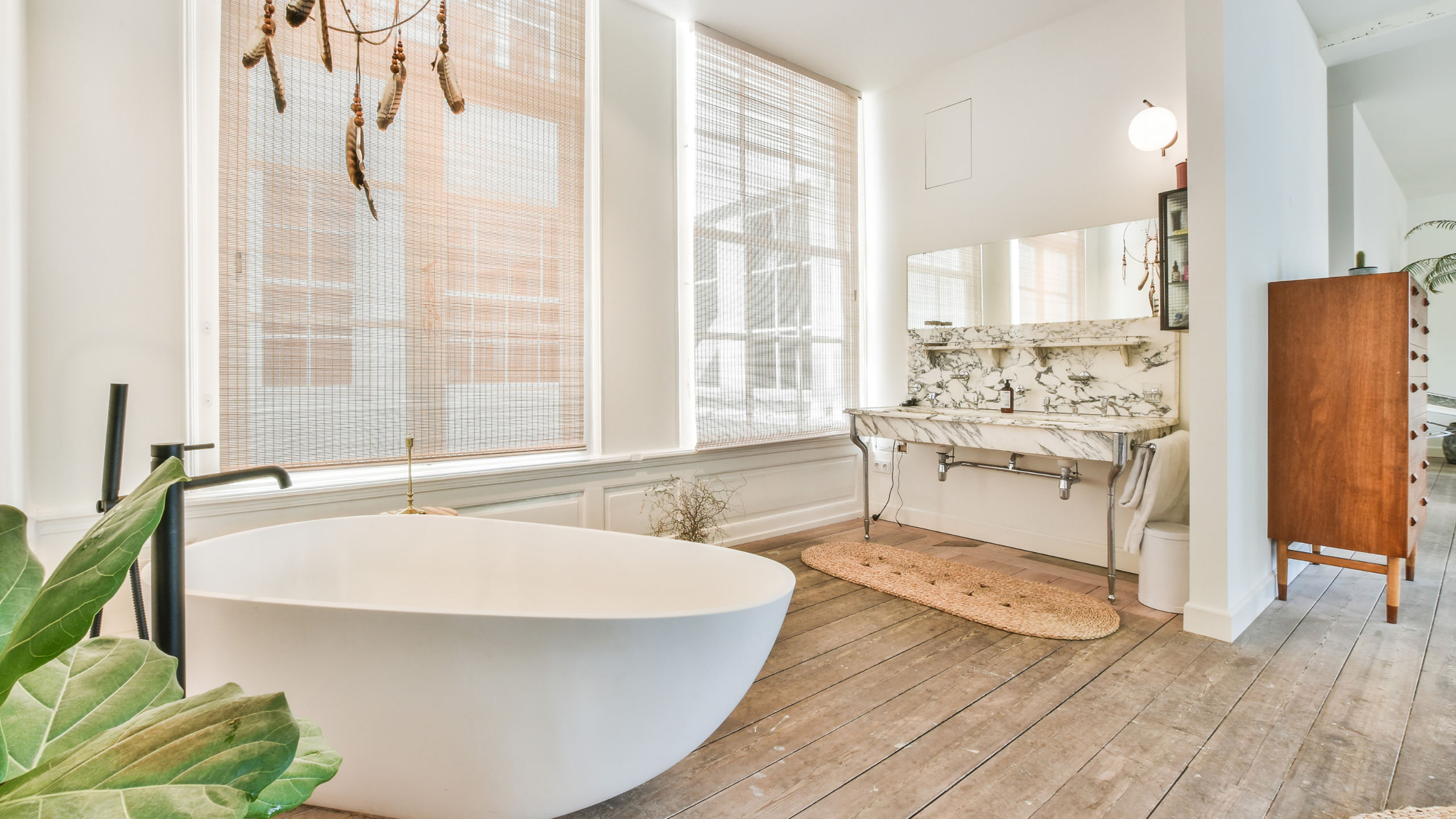Are you tired of staring at your worn-out bathtub, dreaming of a luxurious spa-like experience? It might be time to consider bathtub reglazing. This transformative process can breathe new life into your old tub, giving it a fresh look and feel without the hefty price tag of a full replacement. In this comprehensive guide, we’ll explore everything you need to know about bathtub reglazing, from what it entails to how you can decide if it’s the right choice.
In search of top-notch bathtub refinishing expertise? EK Philadelphia Tub Reglazing and Refinishing is your answer!
What Does Glazing a Tub Do?
Imagine your bathtub as a canvas and glazing as the paint that revitalizes it. When you glaze a tub, you apply a new coating to its surface. This coating covers imperfections like chips, stains, and scratches and provides a smooth, glossy finish that makes your tub look brand new. Additionally, glazing can help to seal any cracks or leaks, prolonging the lifespan of your bathtub.
How Do You Reglaze a Bathtub?
Bathtub reglazing, also known as bathtub refinishing or resurfacing, involves several steps to ensure a flawless finish. Here’s a basic overview of the process:
- Preparation: The tub must be thoroughly cleaned and stripped before reglazing begins. This step removes any accumulated grime, soap scum, and existing coatings, ensuring a pristine surface for the new finish to adhere to. Specialized cleaners and abrasives are often used to achieve optimal cleanliness.
- Repair: Once the tub is clean and stripped, fractures, chips, or other damage are meticulously repaired. This restores the tub’s structural integrity and creates a smooth surface for the new coating. Repair techniques may include filling, sanding, or even fiberglass reinforcement depending on how much damage has been done.
- Priming: With the tub cleaned, stripped, and repaired, it’s time to apply a primer. The primer is a cohesive agent, guaranteeing the new coating adheres properly to the tub’s surface. This action is essential to obtaining a durable and durable finish. The type of primer used may vary depending on the tub’s material and the specific reglazing products being applied.
- Application: Now comes the exciting part—applying the new coating. Typically made of epoxy or polyurethane, the coating is carefully applied to the tub using specialized equipment such as spray guns or rollers. This procedure necessitates accuracy and close attention to detail to guarantee an even and consistent application.Depending on the intended finish and the manufacturer’s guidelines, the coating’s thickness may change.
- Curing: Once the new coating is applied, it needs time to cure and harden properly. This curing process is essential for the coating to bond effectively to the tub’s surface and achieve maximum durability. The duration of curing may differ based on elements including temperature, humidity, and the particular reglazing products used. Typically, the tub must remain untouched and unused during this curing period to avoid any damage to the newly applied coating.
- Finishing Touches: After the coating has cured, the final touches are made to ensure a flawless finish. Any necessary touch-ups or adjustments address minor imperfections and ensure the tub looks as good as new. This may involve sanding, polishing, or buffing the surface to achieve the desired sheen and smoothness.
5 Ways to Decide Between Bathtub Reglazing and Bathtub Replacement
1. Cost: Bathtub reglazing is typically a more cost-effective option than replacement, making it ideal for those on a budget.
2. Time: Reglazing can be completed in a fraction of the time it takes to replace a bathtub, minimizing disruption to your daily routine.
3. Condition of the Tub: Reglazing is likely the best solution if your bathtub has minor cosmetic issues or surface damage. However, replacement may be necessary if the tub is severely damaged or structurally unsound.
4. Aesthetic Preferences: Reglazing allows you to choose from various colors and finishes, giving you more flexibility to customize the look of your bathtub.
5. Longevity: While reglazing can extend the lifespan of your bathtub by several years, replacement offers a more permanent solution. Consider your long-term goals and budget when making your decision.
Conclusion
Reglazing a bathtub is an economical and practical approach to breathe new life into your old tub. Whether you’re looking to refresh the look of your bathroom or extend the lifespan of your bathtub, reglazing offers a convenient solution that can save you time and money. So why wait? Transform your bathtub today and enjoy a luxurious bathing experience for years.

